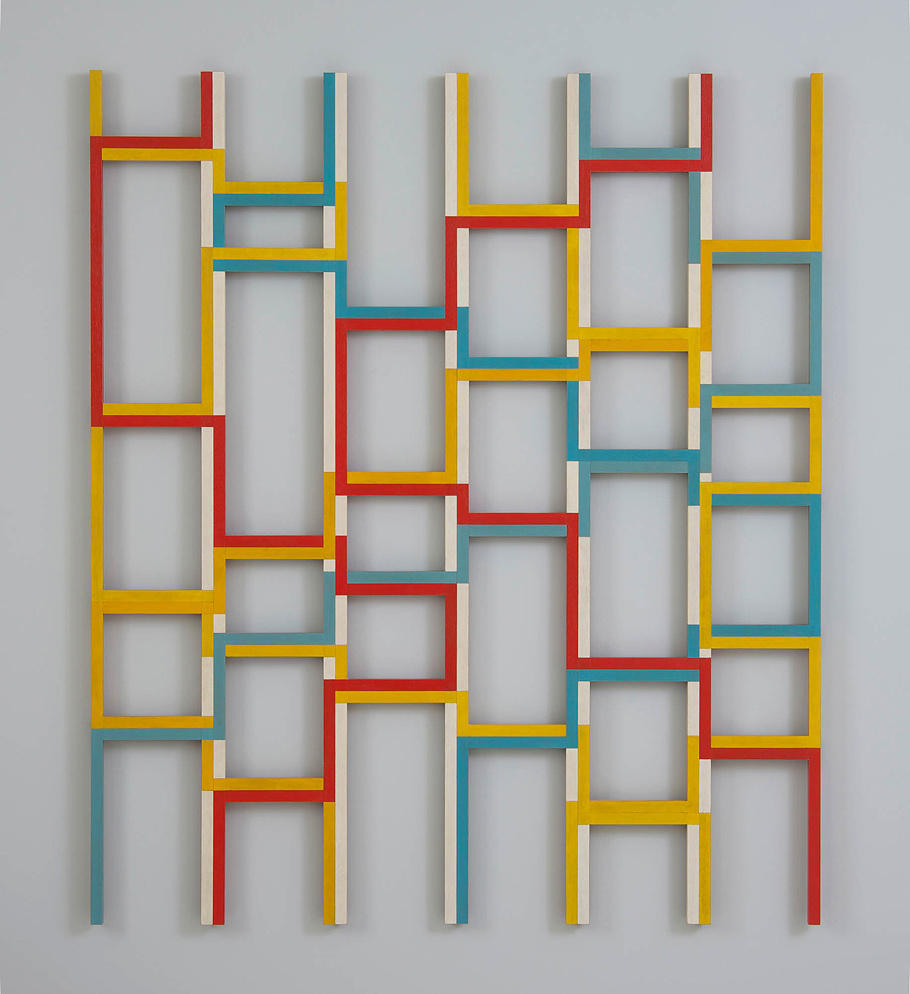Culture Shock: Playing With Shape
Emi Ozawa Prompts Viewers To Follow The Line Toward Wonder


Emi Ozawa
Latest Article|September 3, 2020|Free
::Making Grown Men Cry Since 1992


Emi Ozawa

